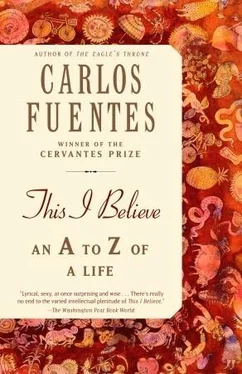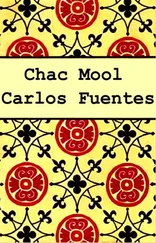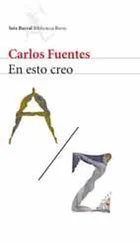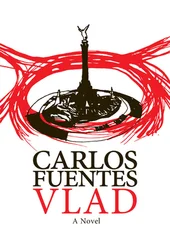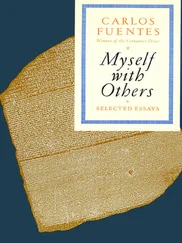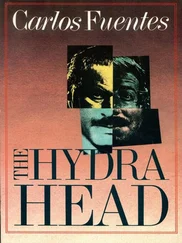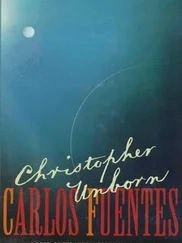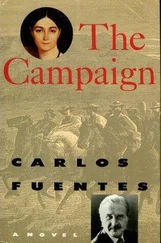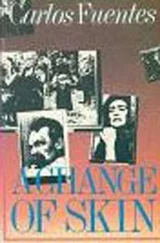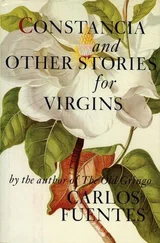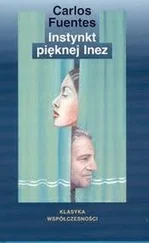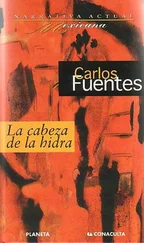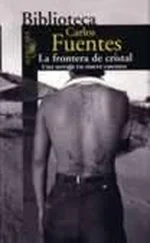Of all the art forms of the twentieth century, none is quite so startlingly reflective of its age as cinema. Painting, architecture, sculpture, and music all descended from the past, paid it tribute, and reinvented it. Film is the only art form that was born and raised along with the twentieth century, the only art form that belongs exclusively to the twentieth century. Its aesthetic and literary debts are massive. But the very presence of the cinematic image, the creation it inspires and the mythology it weaves have had perhaps the deepest influence of any art form on the identity of our time.
I have always thought that some great writers could have been born in another age without losing their eternal qualities. Marcel Proust comes to mind as one example. The novelist from Paris would have been no less significant a writer had he been born into the seventeenth or eighteenth century. And Laclos, the master of the eighteenth century, would have been a grand twentieth-century writer. On the other hand, there are writers without whom we could never understand “our time,” writers who are indispensable to the age in which they lived. They are universal and will always have readers, but they bear the mark of their era like an indelible seal. Dickens and Balzac can only belong to the nineteenth century. And Kafka is the essential writer of the twentieth century. Without The Metamorphosis, The Trial, The Castle, Amerika, we could never understand our era.
Film, because of its inherent novelty, has had to undergo a constant process of transformation. Because of this, yesterday’s innovation grows old in an astonishingly short period of time. Luis Buñuel often complained of film’s dependence on the technical. The sheer speed of progress renders the majority of older films obsolete. To conquer the instantaneous nature of time with lasting images is the filmmaker’s great challenge, and as I write about Buñuel, I begin to evoke images from Un Chien andalou and L’Age d’or, which live on even though their techniques have long since been improved.
I mention two silent films because there is such a profound abyss between silent and spoken films. The development of cinematography without words achieved heights of beauty and eloquence that the spoken film has never been able to match. It makes one tend to agree with Montaigne: “Tandis que tu as gardé silence, tu as paru quelque grande chose.” A great deal of comic cinema — Chaplin, Keaton, Harold Lloyd, Laurel and Hardy — relies on the purely visual to execute its gags properly. Sound ruined, cheapened, or transformed them. It ruined Keaton and Lloyd. It cheapened the “fat one” and the “thin one.” But it transformed Chaplin, who gave the world of talkies two masterworks with The Great Dictator and Monsieur Verdoux.
The plastic narrative of films like Dreyer’s Passion of Joan of Arc, Eisenstein’s Battleship Potemkin, Pabst’s Pandora’s Box, Sjöström’s The Wind, Griffith’s Broken Blossoms, Vidor’s The Crowd and, finally, Murnau’s Sunrise (perhaps the most beautiful film of the silent era) was crudely interrupted by the rather insipid novelty of Al Jolson singing “Mammy” and the succession of static theatrical melodramas with no virtue other than the novelty of the spoken word. Hollywood made valuable contributions to genre film — cowboy, gangster, and social protest films, not to mention the screwball comedy and the sublime eroticism of the ritualized dancing films starring Ginger Rogers and Fred Astaire — but these achievements cannot in any way match the technical, narrative, and visual revolution sparked by Orson Welles’s Citizen Kane, the first film in which the ceilings were visible, the close-ups and middle shots were equally focused, sound and image came together, time and space came alive, and biography and cinematography coalesced.
Rouben Mamoulian’s experiments with sound gave the camera back its mobility. And then there was Busby Berkeley’s resplendent musical extravagance; Flaherty’s magnificent use of film as documentary; George Cukor’s calibrated direction of film, not stage, actors. Or the deliberate theatricality of Carné’s Les Enfants du paradis, alongside the urban misery embodied by figures such as Jean Gabin, Arletty, and Michel Simon, broadening the scope and legitimizing a multitude of genres within the cinematic sphere. And while spoken comedy may never be as eloquent as silent comedy (Cantinflas is no Chaplin, Abbott and Costello are no Laurel and Hardy), film dialogue does manage to distinguish itself from theatrical dialogue, most notably in the crackling marriage of word and action in the comedies of Lubitsch and Hawks, and in the purely cinematic spoken performances of such actors as Cary Grant and James Cagney, Bette Davis and Barbara Stanwyck — the best of the best.
The creation of a personal style beyond obedience to generic norms and despite the potency of certain stars and the commercial demands of studios is what confers greatness on the few true creators of cinematic works of art.
In one miraculous moment Orson Welles managed to unite, through his own highly personal style, the possibilities of spoken cinema, one man’s biography, and a societal dynamic in which having it all is equivalent to losing it all. Citizen Kane is possibly the greatest film of the twentieth century. But for me it is also inextricably linked to other films of that period that both build and destroy the illusion of what is called the American Dream. Stanley Donen and Gene Kelly’s Singin’ in the Rain is perhaps the purest and most delicious work of American optimism. Gene Kelly and the marvelous, adorable, breathtaking Cyd Charisse are the embodiment of the neo-Cartesian nature of the United States: “I dance, therefore I exist.” Martin Scorsese’s Taxi Driver, on the other hand, is the American nightmare: pure, gratuitous, desperate violence because everything is there and everything is nothing. Orson Welles had ambition. Gene Kelly had dancing. Robert De Niro had self-destruction.
Other personal versions of cinematic beauty emerge from societies less confident and less self-celebratory than the United States. Jean Renoir is perhaps the epitome of the French spirit, in which irony illuminates and rescues us from the illusion of reason and the disillusion of misfortune — a humane, insightful, expansive, clear intelligence that pushes us beyond easy Manichaeism. Pierre Fresnay and Erich von Stroheim understand each other because they are so alike, whereas Jean Gabin and Marcel Dalio understand each other despite their differences.
The Grand Illusion is the twentieth-century European film that competes for the laurels bestowed upon Citizen Kane (although many would argue in favor of another of Renoir’s great works, The Rules of the Game ). But not so far behind them we find the filmmakers who, beyond the great political imagination of Welles and Renoir, were able to create a visual context for spiritual concerns, conceived perhaps as religious temperament without religious faith: Luis Buñuel, a Catholic to his own chagrin, Ingmar Bergman, a Protestant to his own chagrin, not to mention Robert Bresson, Jansenist to the core. And do we misrepresent Alfred Hitchcock when we question whether fear — the English director’s great theme — is in fact the greatest modern dramatization of the Fall and of the distance that separates man from God? This is the true nature of Hitchcock’s suspense: where is God? And why has He left us so alone in a world of unforeseeable traps? Fear indeed!
Film also has an exceptional ability to be poetry, as in Vigo’s L’Atalante and Laughton’s The Night of the Hunter. With remarkable consistency, film continually manages to combine social commentary with dramatic narration. This, in fact, is the great Italian contribution of Rossellini, De Sica, and Visconti. Film is masterful in its ability to create atmosphere, from the sinister American film noir to the luminous. Is there any film with more interior and exterior light than The Wizard of Oz ? And if the notion of “genre” has burdened even great directors like Ford and Kurosawa, two Asian directors should be cited for having given the cinema back its supreme creative freedom to fight the tyranny of the genre: Japan’s Kenji Mizoguchi, in one of my favorite films, Ugetsu monogatari, and India’s Satyajit Ray, in his Apu trilogy. Mizoguchi’s miracle is that of showing us the emotion that lies within all that is ghostly, while Ray’s is that of teaching us how merciful the gaze can be.
Читать дальше
